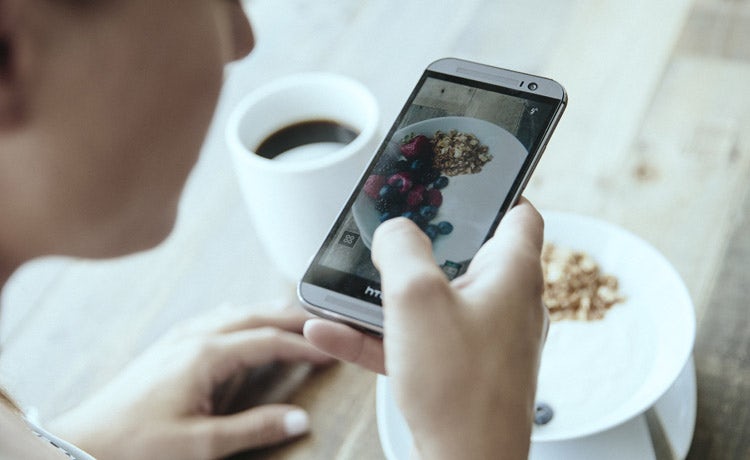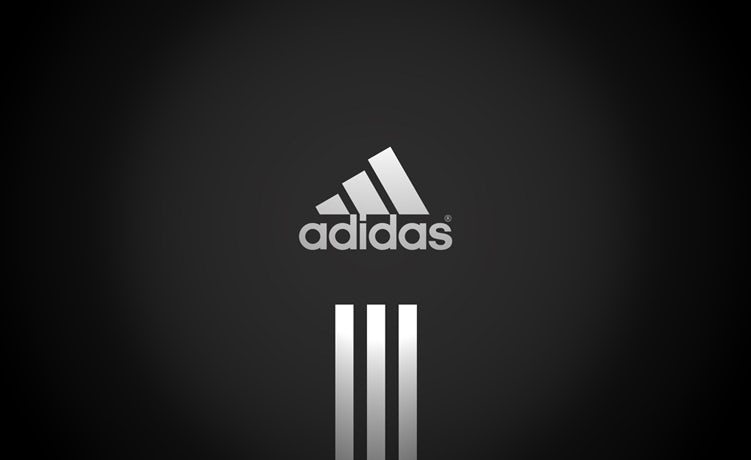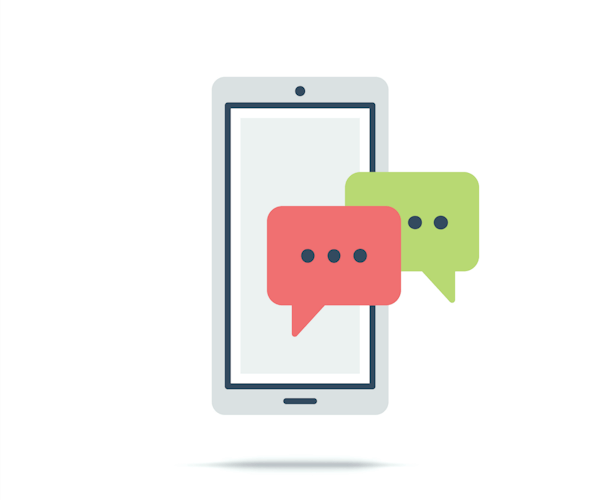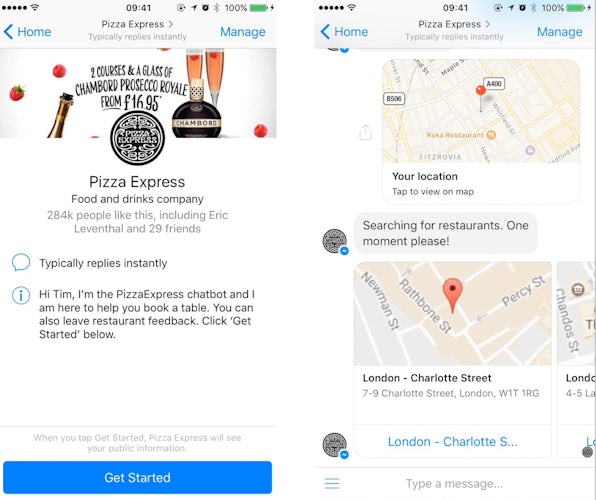How Adidas, Just Eat and HTC are using chatbots
From training staff to driving one-on-one brand engagement, Adidas, Just Eat and HTC are using chatbots in very different ways, but each is learning rapidly about the opportunities they could offer.
Adidas: Chatbots are the ‘perfect vehicle’ to communicate with innovation-hungry consumers
Adidas has ramped up interest in its recently launched female-focused community space Studio LDN, by using a chatbot to create an interactive booking process.
The studio, which opened earlier this year, offers a series of weekly free-to-attend fitness sessions especially for women, with the ultimate goal of boosting brand engagement.
The Facebook Messenger chatbot, created by marketing technology agency Byte London, is the only way to find out about sessions and register, so it has been integral to driving awareness and the success of the initiative.
“One of the main appeals of a chatbot was that it allows for ongoing, deeper engagement with our consumers through regular one-to-one conversations,” Sarah Gower, managing editor at Adidas London Newsroom, tells Marketing Week.
“It also offers agility in a fast-paced social landscape with new broadcasts being published weekly.”
The chatbot is the only place where consumers can find weekly schedules and information about the classes on offer. It is also the only way people can sign up to participate, but Gower says it was an obvious choice for the brand.
Our target consumers are early adopters of social innovation so a chatbot is the perfect vehicle for us to communicate with them.
Sarah Gower, Adidas
“Our target consumers are early adopters of social innovation so a chatbot is the perfect vehicle for us to communicate with them. The Adidas women’s chatbot is an extension of the physical space, which also helps to ensure that all information within it is timely and relevant.”
In the first two weeks alone 2,000 people signed up to participate, with repeat use at 80%. Retention after week one was 60%, which the brand claims is far greater than what could have been achieved with an app.
Sessions are reportedly fully booked within minutes and hundreds have signed up for regular alerts. To drive engagement further, as soon as a booking has been made the user receives reminders and messages from influencer fitness instructors. They can also access fitness videos for inspiration.
Adidas promotes the chatbot via its website, at the studio and on merchandise. Facebook ads, direct mail and membership cards with the Messenger logo are also used to promote the initiative.
Gower is positive about the results and says Adidas will look to use chatbots as part of other activity going forward.
“We’re always looking for opportunities to enhance the Adidas social ecosystem. Experimentation with innovations like chatbots is a key part of this,” she adds.
Access the chatbot here: m.me/adidaswomenuk
HTC: Transforming training and boosting staff engagement

HTC has transformed the way it trains salespeople, while driving greater awareness and conversation about its products, using a chatbot.
Ben Walsh, head of marketing, Europe, UK & Ireland at HTC, says the brand is “always alert to new and better ways of reaching customers” and chose to use a chatbot in a B2B training capacity because it “enabled direct, friendly and engaging communication with staff”, both internally and at retail partners such as Carphone Warehouse and Three.
Once set up he says it was “way more effective” than methods it has used previously, as well as being more cost efficient.
“To get the same level of engagement with thousands of salespeople we would need thousands of field team members. Our field team is 30 people but we are chatting to thousands on Facebook. It’s a clever way of delivering engaging scale where you usually rely on humans.”
Walsh says staff have found it “just as personal” and it means information can be shared quickly with people on the shop floor
If we can do it in a B2B space in a managed environment we can take it to the B2C environment.
Ben Walsh, HTC
“When you have a great digital experience it can be like a better version of a human interaction because it’s on your terms, and it’s telling you what you want to know without too much of the airs and graces of a human interaction. It gets to the point.”
Getting the tone right is crucial though, he warns.
In addition to delivering training, the chatbot also tests product knowledge with competitions like the monthly quiz and rewards staff with HTC products and gift vouchers if they get a certain number of answers right.
HTC sales representatives promote the chatbot and monthly quizzes on store visits to encourage engagement, with 40% of people who use it completing the quiz.
HTC is now looking at the opportunities chatbots might provide for B2C activity.
Walsh says: “If we can do it in a B2B space in a managed environment we can take it to the B2C environment – that’s really always been the intention. If it works in the existing environment then of course we scale it to go outwards and that is something we are looking at.”
Access the chatbot here: m.me/htcspecialist
Just Eat: Making ordering fun and conversational

Just Eat has added an element of fun to finding takeaways by installing a chatbot that lets people search restaurants near them with emojis and keywords.
People can type “breakfast” or send any food emoji to get the best results near them, in what is designed to be a more conversational process than ordering via the app.
Ben Carter, UK marketing director at Just Eat, describes the move as “a key part of our armoury to engage with our customers on a daily basis”.
“We have tapped into is a real insight that people are passionate and emotional about food but they like to get food inspiration and understand what food is available in their area,” adds Carter.
Since launching in September thousands of people have used it, with the average user spending 1.53 minutes interacting with the bot.
It has helped drive new customers, encourage repeat orders – 13.5% are repeat users – and improved awareness of Just Eat’s 27,600 partner restaurants. Data shows the chatbot drove a 266% higher conversion rate than interacting with an average social ad in November 2016.
It’s key to Just Eat’s DNA that we are seen as a tech disruptor.
Ben Carter, Just Eat
Carter says the brand is “continually innovating” and will absolutely look to develop its chatbot offer.
“It’s not a one off for us. We haven’t built it, done PR and switched it off. We have kept it on, and are iterating,” he says.
“It’s key to Just Eat’s DNA that we are seen as a tech disruptor. It’s about making sure we can have conversations and engage with customers through as many platforms as possible. That is why we were one of the launch partners with Amazon Alexa as well.”
Just Eat is now launching phase two of its chatbot, which will allow customers to reorder directly through the bot.
The chatbot is not simply used as an engagement tool though. The brand is also learning valuable information about how customers interact with it that it is feeding into other areas of the business.
“As a business that operates at scale – we processed 88 million orders last year from 9 million customers – we have a big customer service operation. What we are doing all the time is taking the learning from the bot and using it to develop more automated chat services,” he says.
He warns brands off investing in chatbots if the purpose is purely to gain column inches though.
“The key thing for me is be authentic to the technology,” says Carter. “Think about what your customers want and how they want to engage with you.
Access the chatbot here: m.me/justeat
For more on chatbots and artificial intelligence attend Marketing Week’s Supercharged event on 4 July. Click here for more information and to book tickets.
Just Eat and HTC also worked with Byte London to develop their chatbots.







